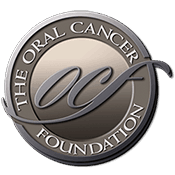Developing smokeless tobacco products for smokers: an examination of tobacco industry documents
Source: Tobacco Control 2009;18:54-59 Authors: C M Carpente et al. Objective: To investigate whether development of smokeless tobacco products (SLT) is intended to target current smokers. Methods: This study analysed internal tobacco industry documents to describe research related to the smokeless tobacco market. Relevant documents included those detailing the development and targeting of SLT products with a particular emphasis on moist snuff. Results: Cigarette and SLT manufacturers recognised that shifting demographics of SLT users, as well as indoor smoking restrictions, health concerns and reduced social acceptability of smoking could impact the growth of the SLT market. Manufacturers developed new SLT products to target cigarette smokers promoting dual cigarette and SLT use. Conclusions: Heavy marketing of new SLT products may encourage dual use and result in unknown public health effects. SLT products have been designed to augment cigarette use and offset regulatory strategies such as clean indoor air laws. In the United States, the SLT strategy may provide cigarette companies with a diversified range of products under the prospect of federal regulation. These products may pose significant challenges to efforts by federal agencies to reduce harm caused by tobacco use. Authors: C M Carpenter1, G N Connolly1, O A Ayo-Yusuf2, G Ferris Wayne1 Authors' affiliations: 1 Harvard School of Public Health, Division of Public Health Practice, Boston, Massachusetts, USA 2 Department of Community Dentistry, Faculty of Health Sciences, University of Pretoria, South Africa
